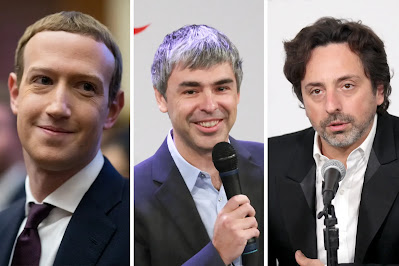An excerpt from the Washington Post -
An old Virginia plantation, a new owner and a family legacy unveiled
By Joe Heim
 |
| Sharswood in Gretna, Va., was built in the middle of the 19th century and at one point was the hub of a sprawling plantation. The Pittsylvania County property now consists of 10½ acres. Out of the frame behind the large tree at right is a cabin that may have been used by enslaved people as a kitchen and laundry for the main house as well as a residence. (Heather Rousseau for The Washington Post) |
GRETNA, Va. — There was so much Fredrick Miller didn’t know about the handsome house here on Riceville Road.
He grew up just a half-mile away and rode past it on his school bus every day. It was hard to miss. The home’s Gothic revival gables, six chimneys, diamond-paned windows and sweeping lawn were as distinctive a sight as was to be seen in this rural southern Virginia community. But Miller, 56, an Air Force veteran who now lives in California, didn’t give it much thought. He didn’t know it had once been a plantation or that 58 people had once been enslaved there. He never considered that its past had anything to do with him.
Two years ago, when his sister called to say the estate was for sale, he jumped on it. He’d been looking, pulled home to the place he left at 18. His roots were deep in this part of Pittsylvania County, and he wanted a place where his vast extended family, many of whom still live nearby, could gather.
The handsome house set on a rise had a name, it turned out. Sharswood. And Sharswood had a history. And its history had everything to do with Miller.
Slavery wasn’t something people talked much about in this part of Virginia when Miller was growing up in the 1970s and 1980s. And other than a few brief mentions in school, it wasn’t taught much, either.
The only time he remembers the subject coming up was when Alex Haley’s miniseries, “Roots,” was broadcast in 1977.
“For a lot of us, that was our first experience with what really happened during slavery,” he said. “It just wasn’t discussed.”
Miller assumed his ancestors had been enslaved. But where and when and by whom were questions that were left unasked and unanswered.
“People didn’t want to talk about this stuff because it was too painful,” said Dexter Miller, 60, a cousin of Fredrick’s who lives in Java. “They would say, ‘This is grown folks’ business.’ And that’s how some of the history was lost.”
Another cousin, Marian Keyes, who taught first in segregated schools and later in integrated schools from 1959 to 1990, said that for a long time there was little teaching about slavery in Pittsylvania County.
“We weren’t really allowed to even talk about it back then,” said Keyes, who turns 90 this year and lives in Chatham. “We weren’t even allowed to do much about the Civil War and all of that kind of stuff, really.”
Even outside of school, when she was growing up, Keyes said, the subject of slavery was avoided.
“I just thought everything was normal,” she said, “because that was the way of life.”
But the unspoken history left a gulf.
It wasn’t until after Fredrick Miller bought Sharswood in May 2020 that its past started coming into focus. That’s when his sister, Karen Dixon-Rexroth and their cousins Sonya Womack-Miranda and Dexter Miller doubled down on researching their family history.
What neither Fredrick Miller nor his sister knew at the time was that the property had once been a 2,000-acre plantation, whose owners before and during the Civil War were Charles Edwin Miller and Nathaniel Crenshaw Miller.
Miller.
Fredrick Miller and so many members of his extended family were born and grew up in the shadow of Sharswood — and perhaps it was a clue to a deeper connection. It wasn’t uncommon after emancipation for formerly enslaved people to take the last names of their enslavers. But establishing the link required more research.
https://www.washingtonpost.com/history/2022/01/22/virginia-plantation-slavery-owners-history/

























